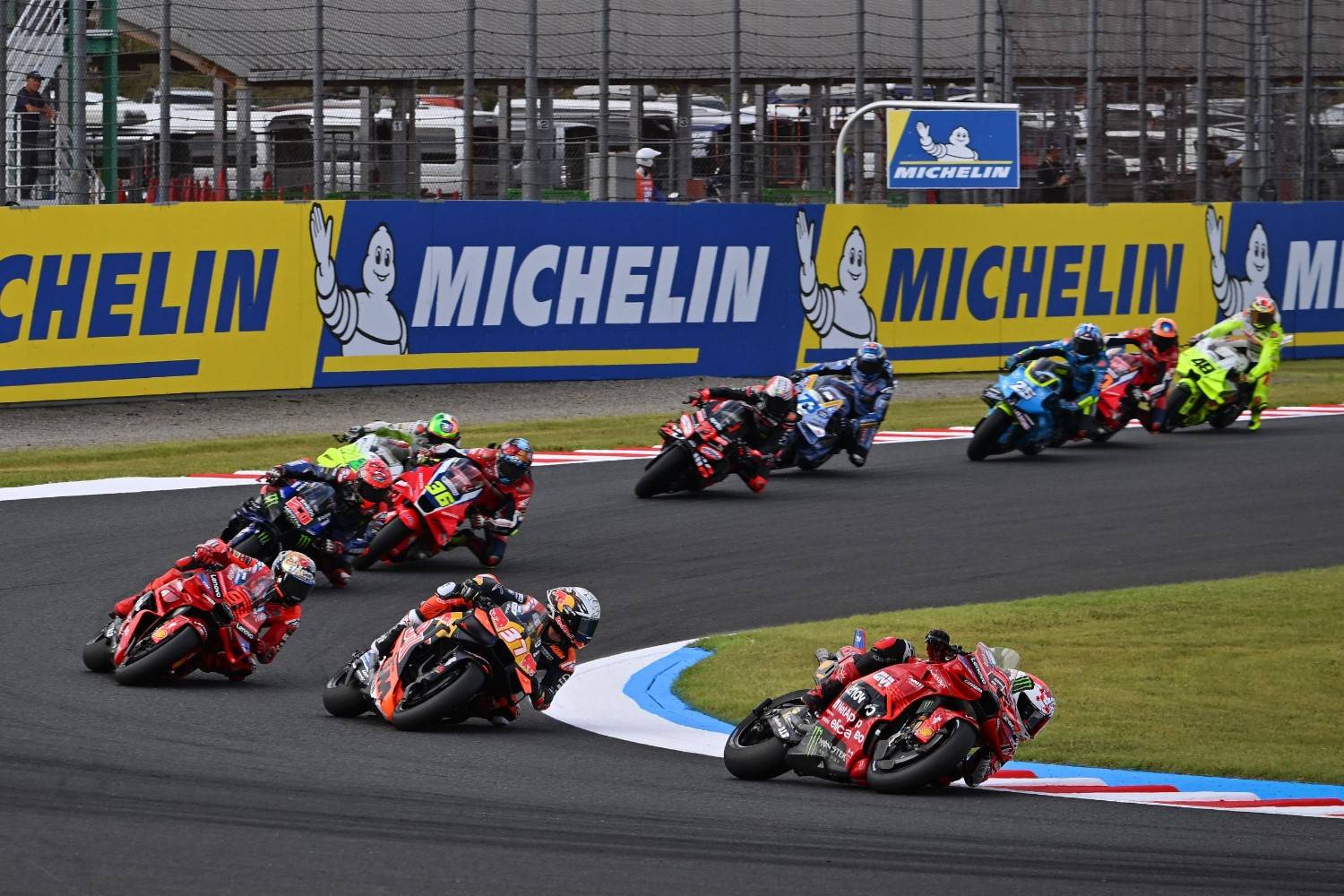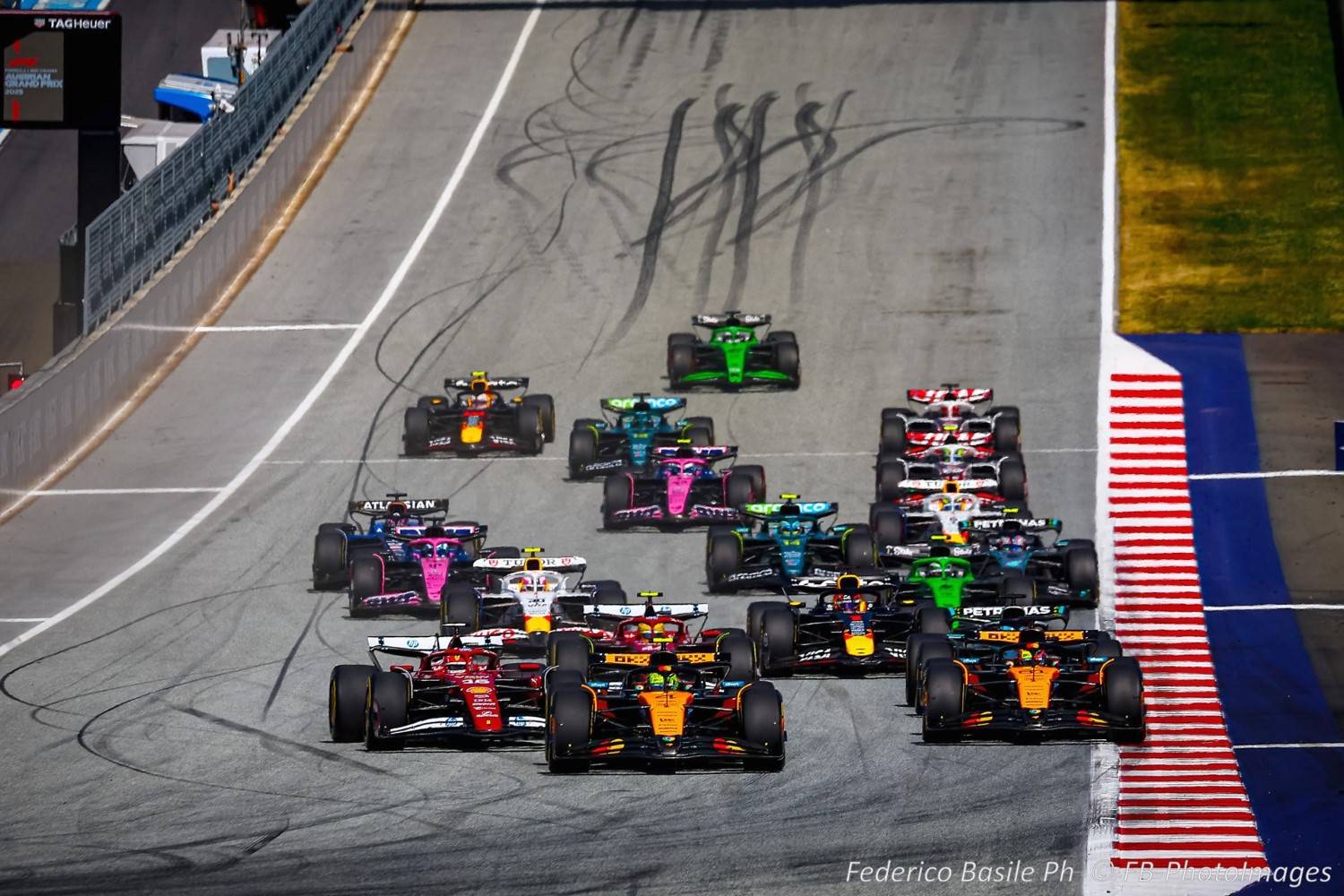Cross-Series Breakdowns: Where Strategy and Speed Create the Biggest Wild Cards
Motorsports thrives on unpredictability. No matter how much data teams crunch, no matter how refined the engineering becomes, there’s always a point in every season—across NASCAR, IndyCar, Formula 1, sports cars, and beyond—where strategy, speed, and circumstance collide to create unexpected outcomes. These moments are what keep fans hooked and analysts busy.
As the 2026 motorsport season continues to unfold, the biggest wild cards aren’t just the usual suspects like weather or mechanical reliability. Instead, they often arise from unique strategic choices, evolving technologies, and the sheer variety of racing disciplines competing around the world. Let’s take a closer look at where those surprises tend to emerge and how they shape the competitive landscape across multiple top-tier series.
NASCAR, IndyCar, and the High-Stakes Art of Timing
In NASCAR and IndyCar, strategy can be as influential as outright speed. This is especially true on tracks where clean air, pit timing, and tire management can turn an underdog into a podium contender.
In the NASCAR Cup Series, pit strategy frequently creates the kind of chaos fans love. A team rolling the dice on fuel windows or two-tire stops can sometimes leapfrog far more dominant cars. With stages adding their own wrinkle to race planning, late-race cautions continue to be the biggest wild card—resetting the field and turning an uneventful afternoon into a last-lap thriller.

IndyCar brings its own unpredictable elements, particularly on street circuits where tight corners and imperfect surfaces demand absolute precision. A single safety car period can completely change the balance of power, especially when teams are split between two- and three-stop strategies. Add in tire compounds that behave differently on every track, and fans are treated to a constantly shifting picture of who truly has the upper hand.
Both series highlight how the fastest car doesn’t always win. Instead, the most adaptable teams—those that read the race as it unfolds—often find themselves capitalizing on unexpected opportunities.
Global Strategy Games: Formula 1, WEC, and IMSA
While Formula 1 often showcases dominant teams, even the strongest lineups face wild cards rooted in technology, weather, and track-specific quirks. The 2026 regulations have only added to this unpredictability.
Formula 1 puts a premium on tire degradation and energy management. Teams push right to the edge of aerodynamic and mechanical limits, but unpredictable factors—like a sudden temperature drop or safety car—can force split-second adjustments. This is where midfield teams occasionally shine, especially on circuits like Singapore or Brazil where strategy has historically flipped expectations on their head.

Endurance racing adds an entirely different flavor. In WEC and IMSA, wild cards are the rule rather than the exception. Multi-class traffic, long stints, unpredictable weather, and overnight driving at iconic events like Le Mans or Daytona create a level of variability unmatched in sprint races. A single slow zone or mistimed pit stop can erase what looked like an insurmountable lead.
Drivers who thrive under these conditions—balancing aggression with patience—often become the heroes of endurance racing. Teams that communicate seamlessly and anticipate changes, rather than react, consistently outperform expectations.
Across these series, the common thread is that strategy can elevate skill, smooth over mistakes, and turn improbable outcomes into reality.
Touring Cars, Moto Racing, and Junior Formulas: Where Talent Emerges
Touring car racing, motorcycle series, and junior open-wheel categories often produce the most dramatic wild cards of all. These series feature tighter competition, younger drivers on steep learning curves, and race formats that reward aggression.
In touring cars, bumper-to-bumper action means positioning is everything. A bold move—or an ill-timed lunge—can swing momentum in an instant. Close racing breeds unpredictability, making every race feel like a clean slate where anyone can rise to the front.
MotoGP and other motorcycle categories amplify this unpredictability. The smallest misjudgment can create massive swings in race order. Riders must manage tire temperatures, aerodynamic stability, and body positioning with extraordinary precision. Tracks known for quick weather changes, like those in Southeast Asia, bring even more volatility.

Meanwhile, junior open-wheel series like Formula 2, Formula 3, and various regional championships showcase raw potential. Young drivers often take bigger risks, and race pace can flip dramatically due to rapid tire wear or the learning curve of adapting to new circuits. These categories are where future stars make their mark—and where fans get the most surprises.
Together, these series remind us that motorsport’s beauty lies in its unpredictability. No race is determined solely by equipment; adaptability and instinct play equally large roles.
This dynamic nature of motorsport is one reason some fans enjoy tracking broader trends and comparing expert insights with outside perspectives, such as those found through best Missouri sportsbooks, though the real excitement always comes from watching the unexpected unfold on the track.
Motorsports continues to offer some of the most compelling storylines in global competition. Across NASCAR, IndyCar, Formula 1, endurance racing, touring cars, and motorcycle series, the biggest wild cards arise from a mix of strategy, speed, evolving conditions, and human decision-making.
And that’s exactly why every race—no matter the series—has the potential to deliver something unforgettable.
